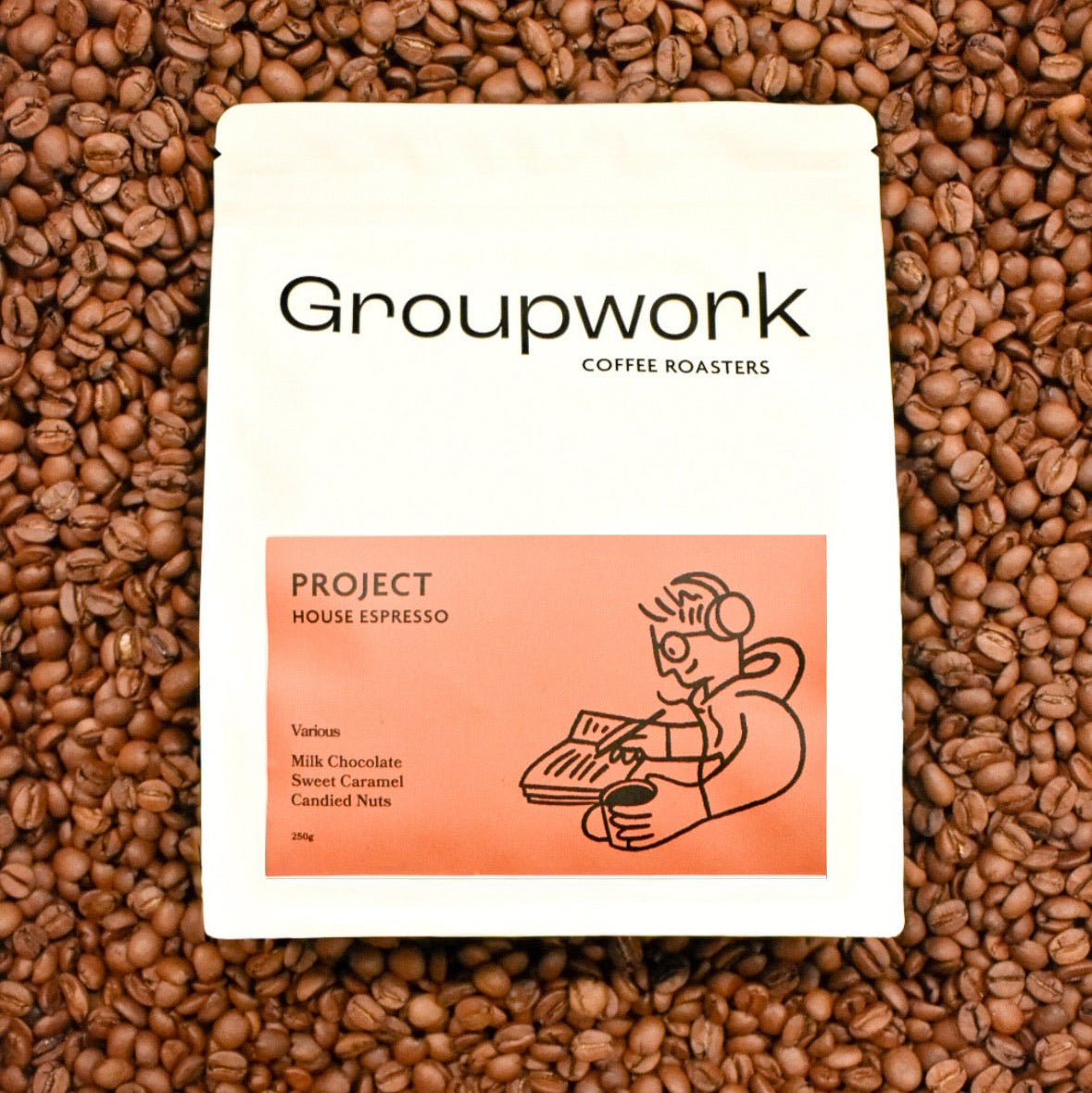You might have noticed when you pick up your favourite bag of coffee there is usually a processing method displayed quite prominently on the label, this is especially true for specialty grade coffees.
To break it down into simple terms, "Coffee Processing" is the removal of the outer layers of the coffee cherry after it is harvested, exposing the inner bean that we all love and enjoy.
There are three main ways of achieving this, each with its own distinct traits that can dramatically affect the final flavour profile of the coffee. This might just sway you into your next coffee choice.
Washed Processing
This process involves removing the coffee cherry's outer layers before the drying phase. Removing these layers so quickly and exposing the inner bean will mean that the grade of the coffee cherry will dramatically affect the final flavours in the cup.
Steps Involved:
- Coffee cherries are picked at their optimum ripeness and sorted in a flotation tank, where the unripe coffees will float to the surface and be removed.
- The coffee cherries are then passed through a de-pulper where the majority of the outer layers will be removed leaving only the inner bean.
- The coffee beans are then left to ferment in a water tank for up to 36 hours before being removed and left to dry for roughly two weeks.
This process produces high levels of clarity in taste and acidity in the final cup that enables producers to showcase the quality of their prized crops. This is why washed coffees are one of the most popular options for all coffee enthusiasts around the world.
View our current washed coffees.
Natural Processing
This is the oldest and most traditional method of processing coffees, unlike the washed process, naturally processed coffees skip straight to the drying phase with all the outer layers preserved, this means that the bean will be exposed to its natural sugars while it ferments. This inherently can cause complications with consistency but also produce some really desirable end flavours if executed correctly.
Steps Involved:
- Coffee cherries are picked at their optimum ripeness and left to naturally dry out on large patios or raised beds.
- Once the coffees begin fermenting they have to be regularly turned and agitated to ensure that there is even fermentation, this step is what can cause complications in consistency due to human error & environmental factors.
- Once the cherries reach an optimum level of fermentation and moisture level usually around several weeks the remaining outer layers are removed in one step by using a de-huller.
Allowing the coffee bean to absorb all its own sugars during fermentation produces a flavour-rich cup & a heavier body which can really coat the mouth when sipped.
View our current natural coffees.
Honey Processing
Also known as "pulped natural" this method falls somewhere in the middle between washed and natural. This method aims to produce a similar outcome as a washed method without the consumption of as many resources.
Steps Involved:
- Coffee cherries are picked at their optimum ripeness and sorted in a flotation tank, where the unripe coffees will float to the surface and be removed.
- The coffee cherries are then passed through a de-pulper where the majority of the outer layers will be removed leaving only the inner bean.
- The coffee beans are then left to dry on raised beds or patios for two-three weeks before being de-hulled.
This process finds a nice balance between acidity and sweetness in the final cup whilst retaining a good clarity of flavour, unlike its natural counterpart. This allows for heavy-bodied chocolatey flavours to be delicately blended with clean acidic notes.
View our current honey coffees.






Leave a comment
This site is protected by hCaptcha and the hCaptcha Privacy Policy and Terms of Service apply.